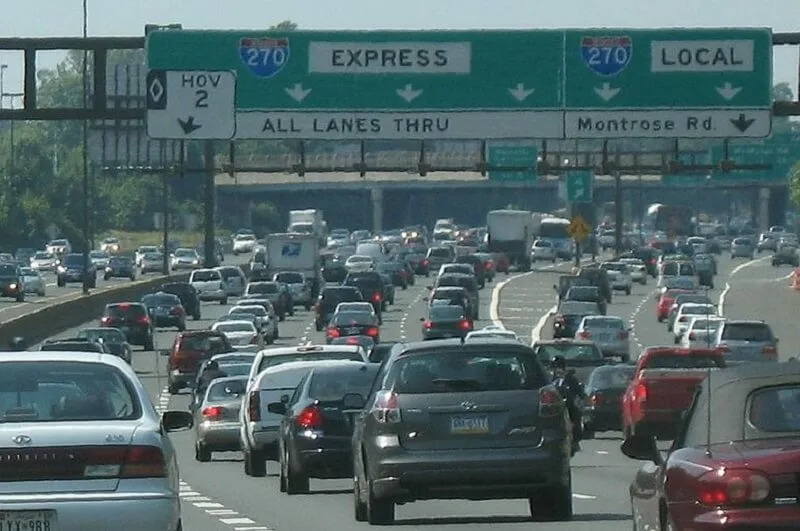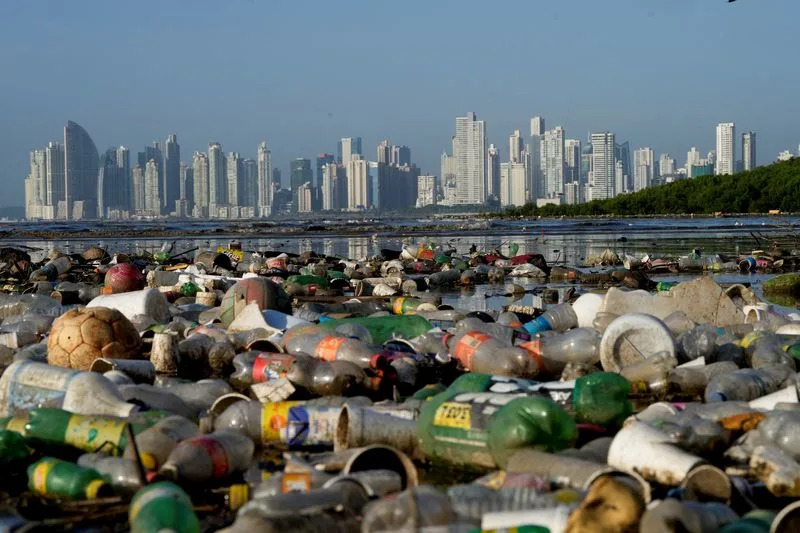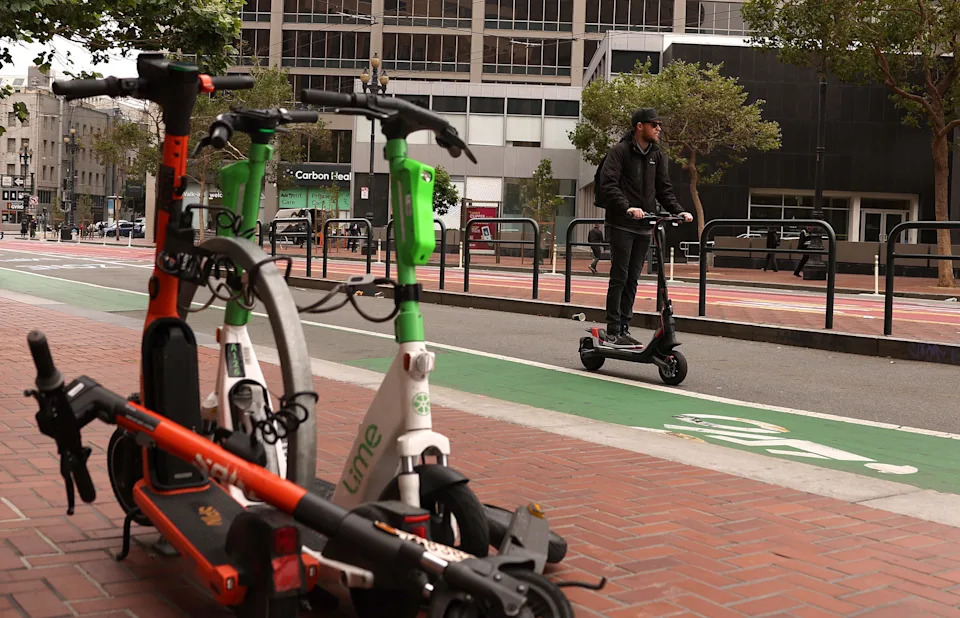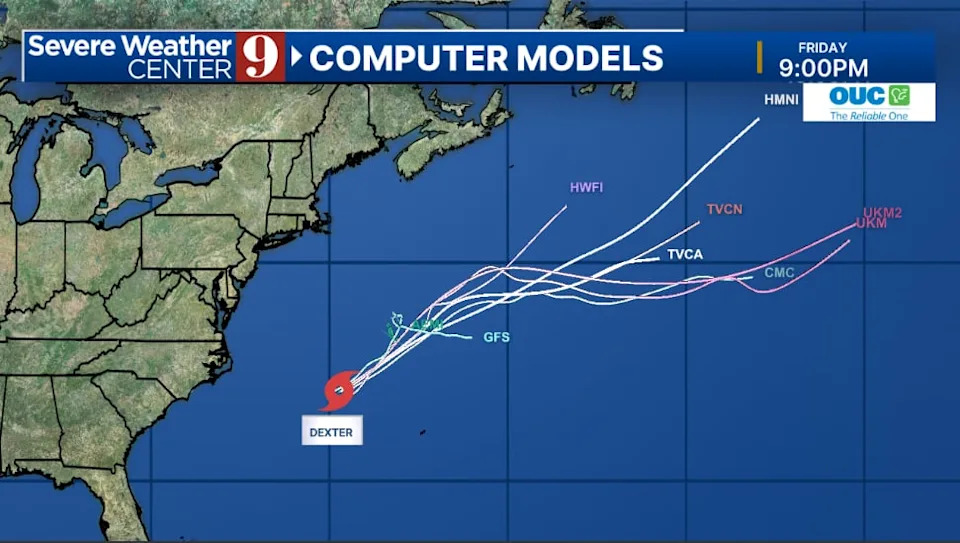
Traffic near the intersection of Interstate 270 and Interstate 495 in Maryland with high-occupancy lane. | Maryland Matters
I’m old enough to remember the days before the federal government regulated auto tailpipe emissions, a time when the air was stinky and Los Angeles was enveloped in perpetual smog.
My first car was one of those pollution machines, a used 1968 Buick Gran Sport that gulped a gallon of poisonous, leaded gasoline every 14 miles or so.
It was a different time, one that the Trump administration seemingly is trying to bring back.
In what could be one of the most far-reaching deregulatory moves in U.S. history, the Environmental Protection Agency wants to stop regulating greenhouse gas emissions from cars and trucks long considered by most scientists to be significant contributors to climate change.
“With this proposal, the Trump EPA is proposing to end 16 years of uncertainty for automakers and American consumers,” EPA Administrator Lee Zeldin said at a Kenworth heavy truck dealership in Indianapolis on July 29.
SUBSCRIBE: GET THE MORNING HEADLINES DELIVERED TO YOUR INBOX
Zeldin said the administration plans to overturn a landmark 2009 finding by the Obama administration that carbon dioxide and other greenhouse gases are pollutants the agency can regulate under the Clean Air Act.
That determination is known as the “endangerment finding” and was the basis for strict tailpipe emission rules enacted by the Biden administration that would have required about half of new vehicles sold in the U.S. being electric or plug-in hybrids by 2030.
Automakers also must meet certain fuel economy standards, which were stiffened by Biden. But Transportation Secretary Sean Duffy said in June the Trump administration is planning to roll back the Biden standards, calling them “illegal.”
And under the One Big Beautiful Bill, the tax and spending bill approved by Congress on July 3, automakers won’t have to pay fines for not meeting fuel economy standards for the past three years.
It’s a big gift to automakers that pay hundreds of millions of dollars a year to the federal government for not meeting the fuel economy standards. But it will likely sting electric carmaker Tesla, which has made billions of dollars over the years selling regulatory credits to other carmakers.
Environmental groups expressed outrage over the EPA’s intent to deep-six climate rules.
“As Americans reel from deadly floods and heat waves, the Trump administration is trying to argue that the emissions turbocharging these disasters are not a threat,” said Christy Goldfuss, executive director of the Natural Resources Defense Council. “It boggles the mind and endangers the nation’s safety and welfare.”
Environmental groups have vowed to sue the EPA over the proposed climate rules rollback, possibly delaying any implementation for years.
Even Detroit’s automakers were muffled in their response to the EPA’s move to ditch carbon dioxide rules.
The Alliance for Automotive Innovation, an association representing dozens of automakers and suppliers including General Motors Co., Ford Motor Co. and Stellantis N.A., did not issue a statement about the EPA’s groundbreaking announcement on its website.
That might be because some top auto executives have acknowledged climate change is real and their products are contributing to it.
GM CEO Mary Barra has said electric cars are a key element in the automaker’s long-range plan to have “zero crashes, zero emissions, zero congestion. It’s the North Star that guides everything we do.”
Ford Motor Executive Chairman Bill Ford has supported the Paris Climate Accord, which seeks to reduce carbon dioxide levels associated with climate change. Ford Motor also has pledged to be carbon neutral across its vehicles, facilities and suppliers by 2050.
Trump and the Republican-controlled Congress are doing their best to torpedo those efforts by conducting an all-out war against electric vehicles.
They’re ending the $7,500 tax credit to purchase EVs on September 30. And they’re eliminating tax credits for home EV charging stations, a move slated to take effect next June.
Trump’s chaotic implementation of tariffs also is being used as a weapon in his war against EVs. The Commerce Department last month slapped a 93.5% tariff on Chinese graphite, a critical ingredient in manufacturing EV batteries.
China supplies nearly all the high-grade graphite Tesla and other automakers need to make batteries. But the Commerce Department says China is “dumping” graphite into the U.S. at prices lower than in its home market.
Some experts say the tariff could add $1,000 or more to the price of an EV battery, another huge disincentive for consumers to buy EVs.
Trump’s widespread tariffs on cars, trucks and parts are hammering Detroit automakers’ bottom lines, potentially hurting their ability to adequately invest in new technologies to compete with Chinese automakers that are rapidly gobbling up the global EV market.
Ford and Stellantis cited the impacts of tariffs in the companies’ net losses for the second quarter of the year. Combined, the Detroit Three have paid more than $2 billion in tariffs so far this year.
Trump longs to return to an America he remembers growing up before the federal government started regulating the auto industry.
I’m nostalgic, as well, for my ’68 Gran Sport. But that muscle car is an anachronism best suited for events like the Woodward Dream Cruise.
And besides, today’s quick-accelerating EVs could blow its doors off.







Comments